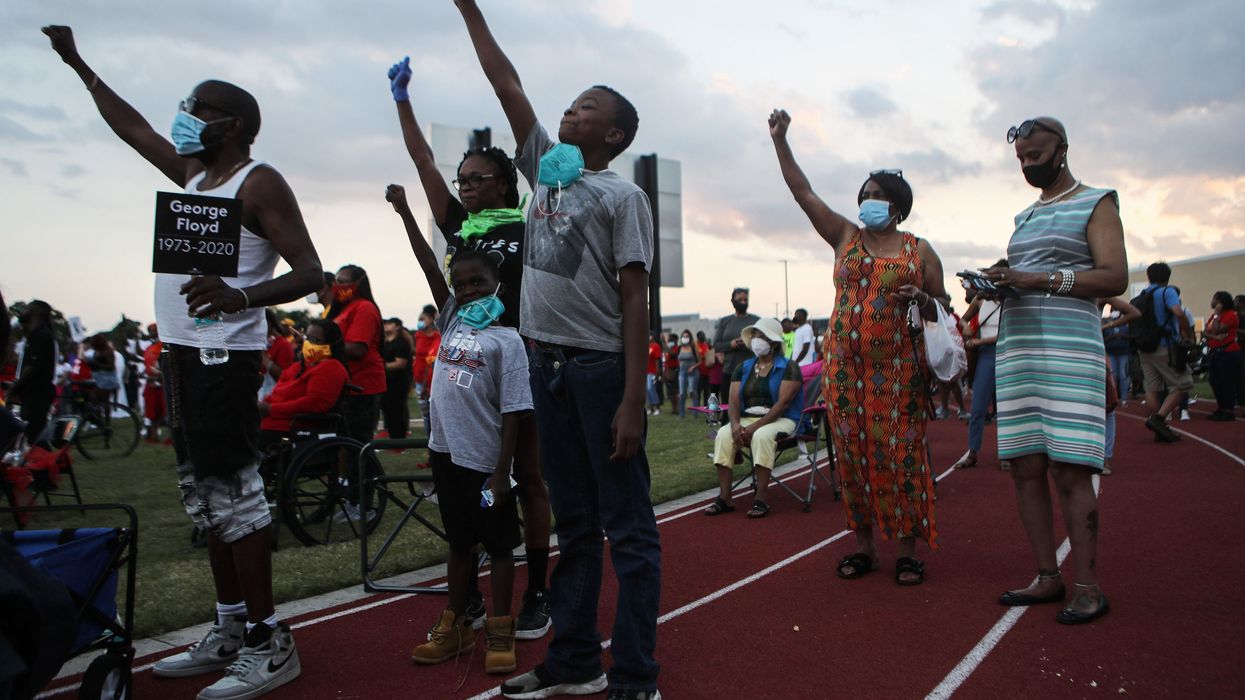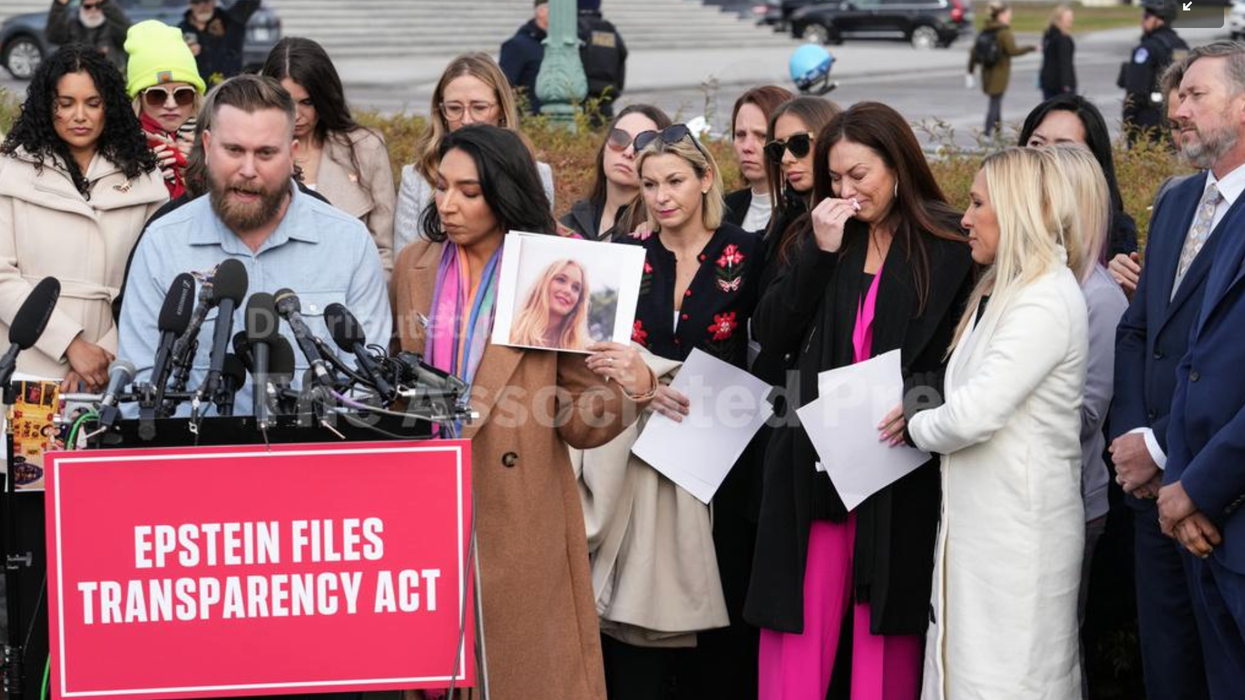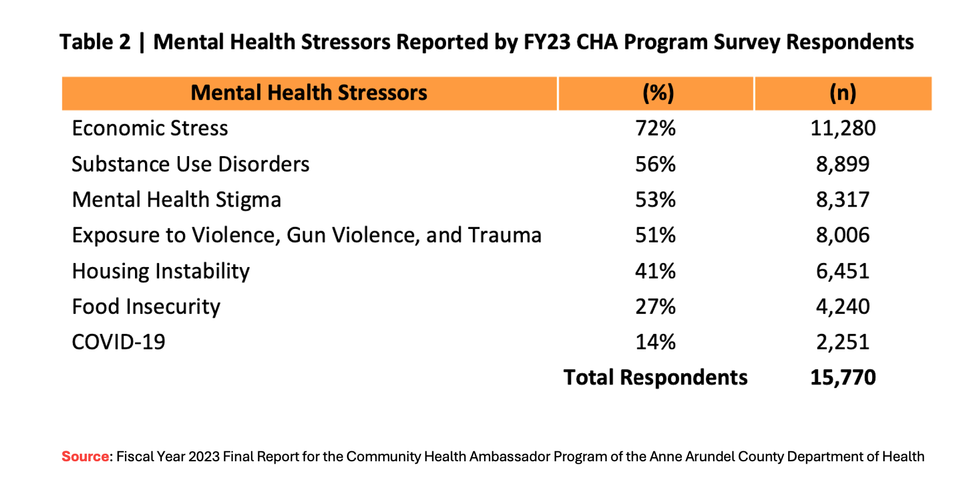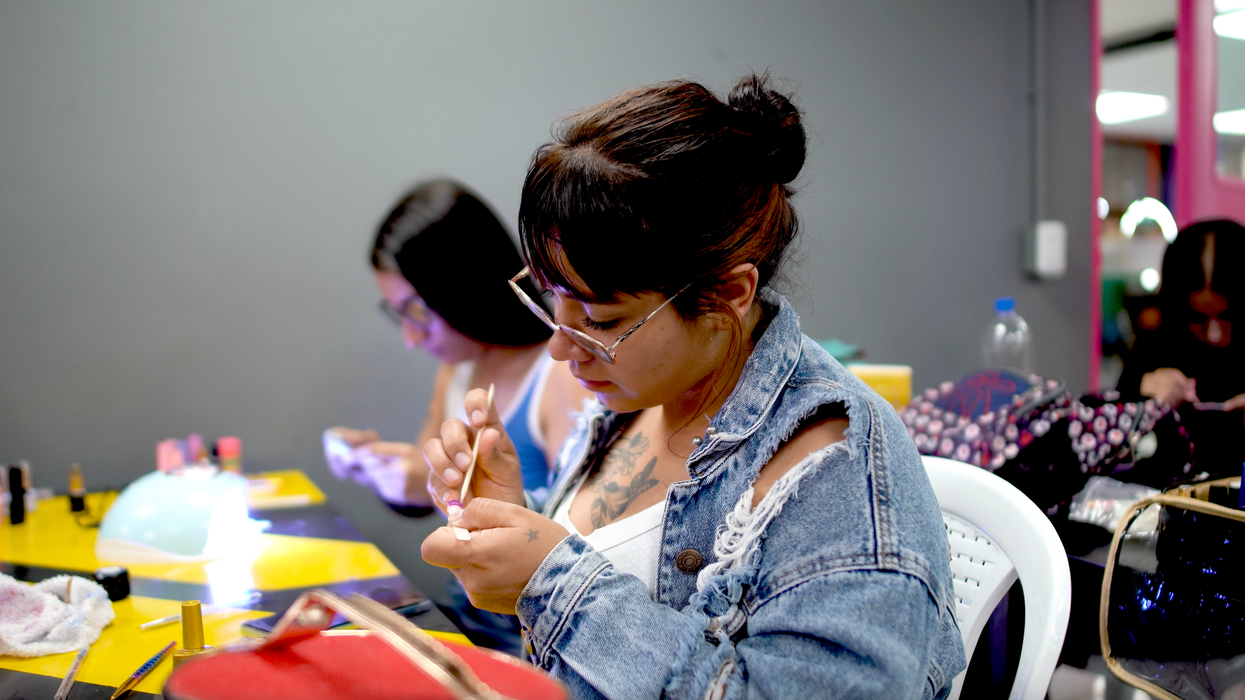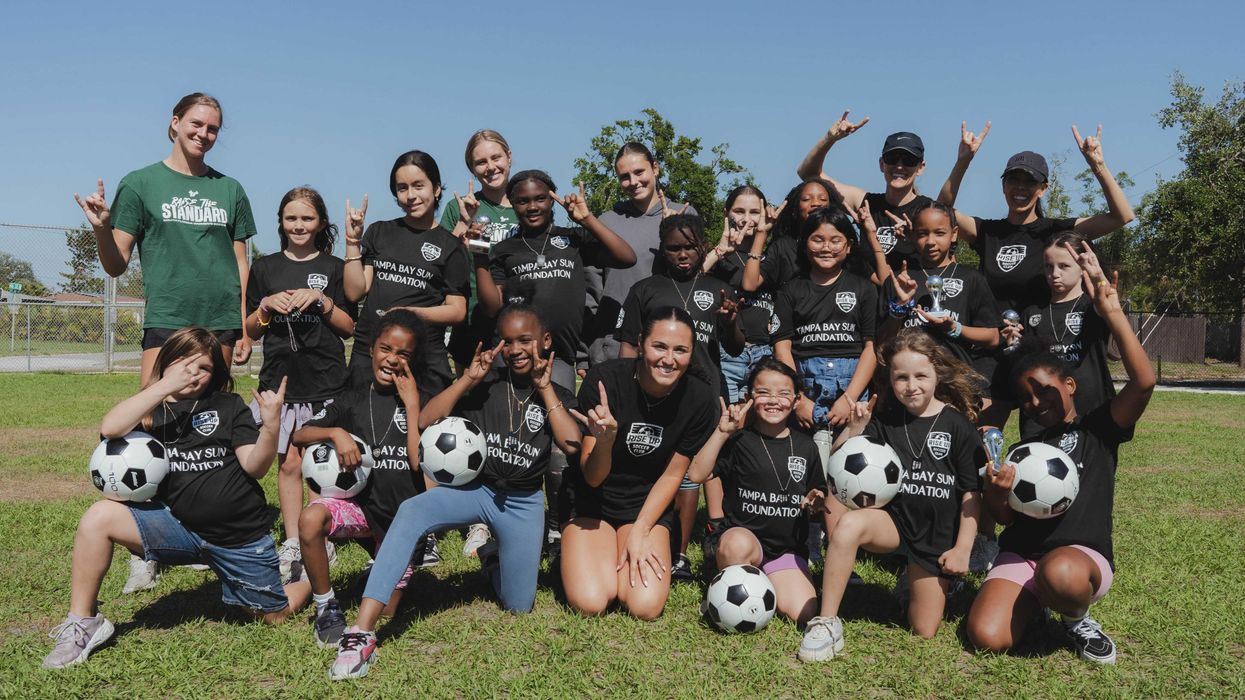Before graduating in June from high school in Sugar Land, Texas, Tangirala launched the Anti-Racist Curriculum Reformeffort to persuade school districts to teach more about racism and include more perspectives of people of color in social studies.
"I come here today to talk about how I feel. And I feel like we are treated differently from other people."
The voice is from the elegant, determined, cocoa-tinted but tear-streaked face of a girl who's no more than 10 years old, imploring an online audience that includes me. And this was not the only such video I've seen recently.
Since the killings of George Floyd and Breonna Taylor joined the deaths of countless others who have perished due to the stigmas of race, so many of our social media feeds have been filled with flicks of violence, pleas for change — and seeds of hope that our world can be converted from black and white to technicolor, once and for all.
"I don't like how we're treated, and just because of our color," the girl continues. "It doesn't mean anything to me." But the color of her skin makes what she's saying all the more powerful — and should assure her voice reverberates in the minds of people of every color on the spectrum.
I don't like how Black students are treated, either. I have seen firsthand the immunity non-Black students receive in the classroom justice system versus the Black students.
My own skin color is not exceedingly lighter than those who have perished because of police brutality. It's a shade somewhere in the middle, dark enough that I know this is my fight, too.
The United States is a lofty name for a nation torn so pathetically asunder. And as our political polarization widens to create an increasingly unstable climate, today's teenagers face more mental burdens than the older members of Generation Z. As just one example, we have been told white mass shooters deserve impunity because they're mentally ill, but nonviolent Black protestors are "thugs."
Approaching graduation led me to realize something blatantly obvious: Never in 12 years of school, not once, was I taught anything about present-day racism. There was instruction on the civil rights movement back in the 1960s and the reasons behind it — but not a single instance where we learned in-depth about the manifestation of present-day racism, or even had a school-sponsored conversation regarding today's prevalent racial bias.
My teachers and school administrators were great educators and people, so ultimately this came down to a failure of our curriculum.
Discussion and civic education are the keys to societal reform; if we aren't striving for that, we have nothing left to be proud of.
This was the reasoning behind my effort to press school districts to do two things: First, incorporate more voices of people of color, especially their views on history and social thought, in lesson plans. Second, sponsor dialogues in schools to talk about the realities of present-day racism and its diverse manifestations.
Present-day racism may not necessarily include lynching or apartheid. It often has a subtler presence on and off campus — the haughty undertones of a condescending voice, or the affinity for rules and regulations that only stifle people of color. These seemingly minor infractions may not appear to put lives at risk, but they still encourage mindsets that put people's lives at risk every day.
This is what racism looks like. Why is this not explicitly taught in our schools? These crucial developmental years are the perfect time to expel any unjust biases lingering in mind.
More than a thousand students and graduates of five districts in the Houston area have signed up to support us in just a few months — and we're already working on expanding our initiative into New Jersey, California and Arizona.
We're eager to have more help, and to take our cause to more places. Don't wait for someone else to do it tomorrow. You can't keep social justice on hold.





